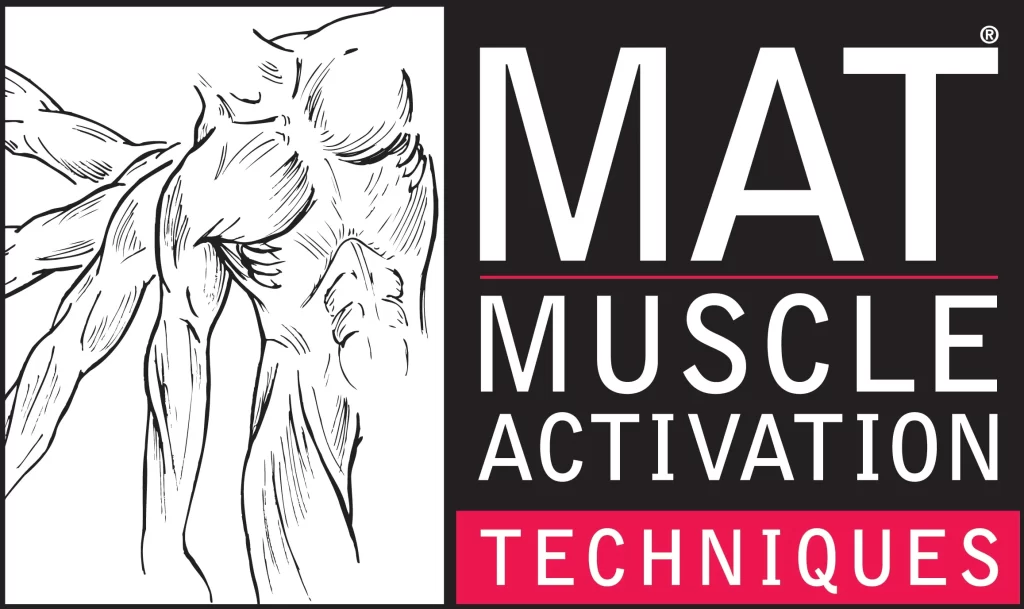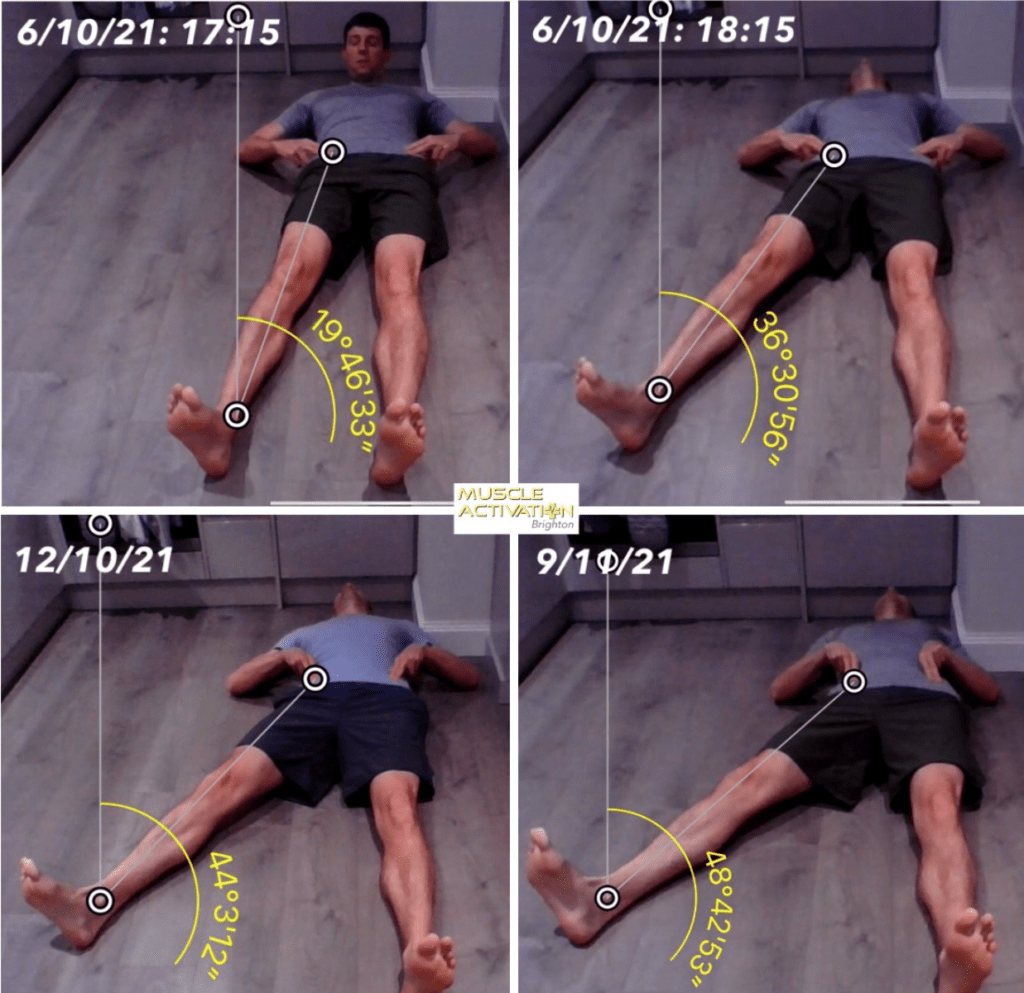Ever done all the “right” mobility work but still feel tight? Or struggled to feel certain muscles working no matter how many cues you try (like glutes or lats)? You’re not alone! After years of coaching, I’ve seen countless athletes and fitness enthusiasts battle with these issues. The solution might lie in a powerful system called Muscle Activation Techniques (MAT).
The Science Behind MAT
Think of your nervous system like your body’s electrical grid. When certain muscles aren’t “turning on” properly, others have to compensate. This creates a cascade of compensation patterns that no amount of stretching or foam rolling can fix permanently. MAT addresses this by:
- Assessing each muscle’s ability to contract on demand
- Identifying neurological inhibition patterns
- Applying precise techniques to restore proper nerve-to-muscle communication
- Reestablishing optimal movement patterns
During my years of practice, I’ve seen MAT help with:
- Chronic mobility restrictions that won’t budge
- Mysterious weakness in certain movements
- “Silent” muscles that are hard to feel or engage
- Persistent pain or stiffness
- Athletic performance plateaus
I first discovered MAT through IFBB Pro Ben Pakulski’s podcast. The science made so much sense that I pursued certification myself, and am now MAT certified in Lower Body, Trunk/Spine, and Shoulders. Since then, I’ve used these techniques with dozens of clients, seeing remarkable improvements in their movement quality, strength, and pain levels.
Some of the most remarkable improvements I’ve seen in practice are:
- A client threw his back out warming up and struggled to stand or walk, and after treating the affected back muscles he felt immediate relief and went on to perform the programmed heavy deadlifting workout without discomfort.
- A client came in limping heavily with a hamstring strain. After treating the affected hamstring, she walked out normally and described the pain as 95% gone.
- A client with chronically tight feet came in after surgical tendon release had failed to provide relief. After treating his ankles, his feet visibly relaxed and he described immediate relief and enhanced blood flow to his feet.
There are many more such examples. Most clients experience mild results that improve gradually, but for some improvement is both immediate and dramatic. I even credit Muscle Activation for my success beating my all-time deadlift record of 505 lbs last year, a feat which took me 13 years of injuries and setbacks to accomplish!
Studies have shown that proper muscle activation can reduce inflammation and provide a stable environment for tissue healing. One systematic review found significant evidence that Muscle Activation is effective in treating low back pain. Look at the improved range of motion in this client of Ninjathlete after only one hour of treatment!
How to Get Started If you’re interested in experiencing MAT:
- Visit muscleactivation.com to learn more
- Find a certified practitioner in your area
- Prepare for an initial assessment
- Commit to the process – results build over time
Think of MAT as resetting your body’s circuit breakers. When all muscles are firing properly, movement becomes easier, performance improves, and chronic issues often resolve naturally.
If you’re a Richmond VA local interested in working with me to correct muscle imbalances or weaknesses using MAT, reach out and we will get you scheduled for an initial assessment!




